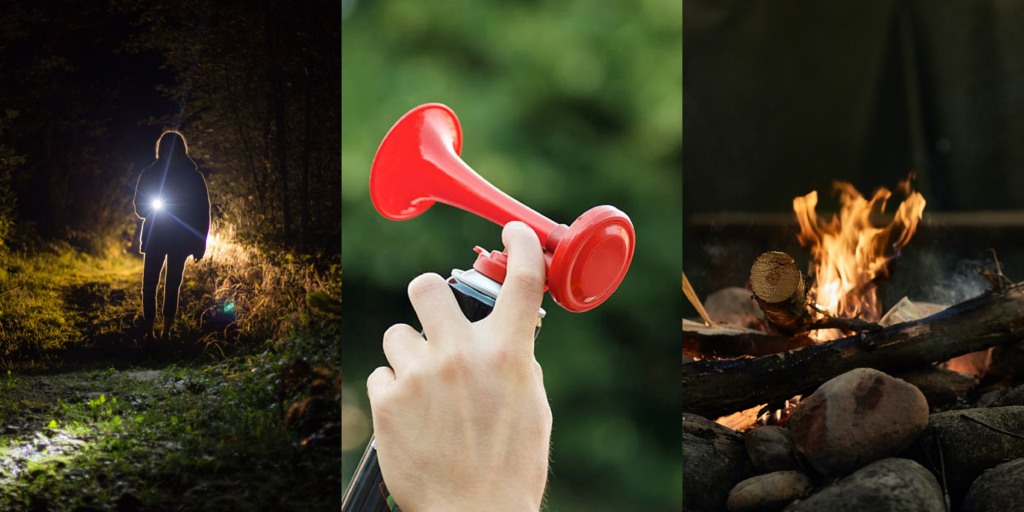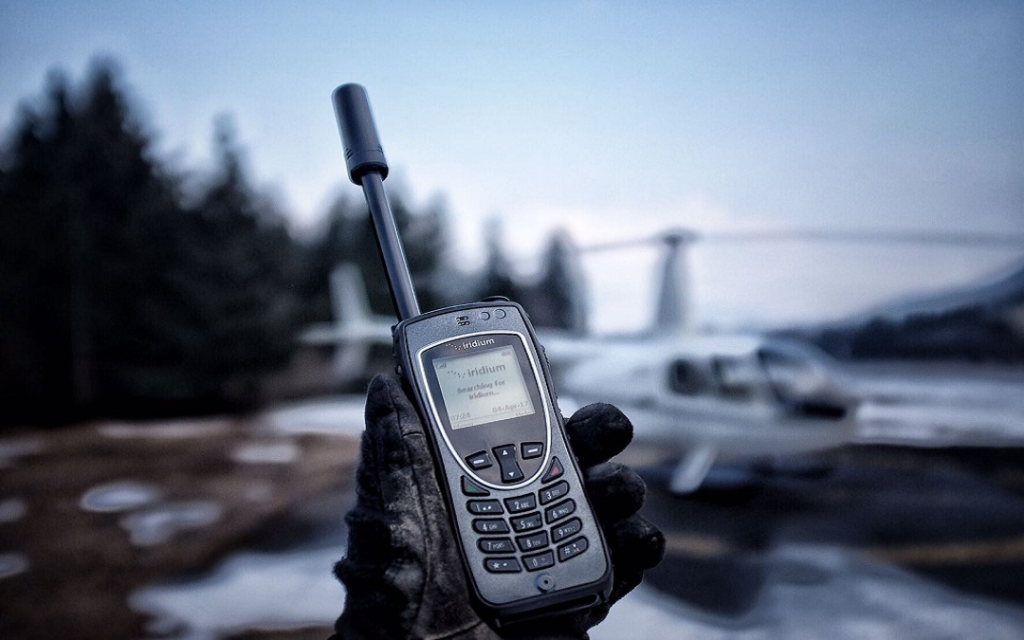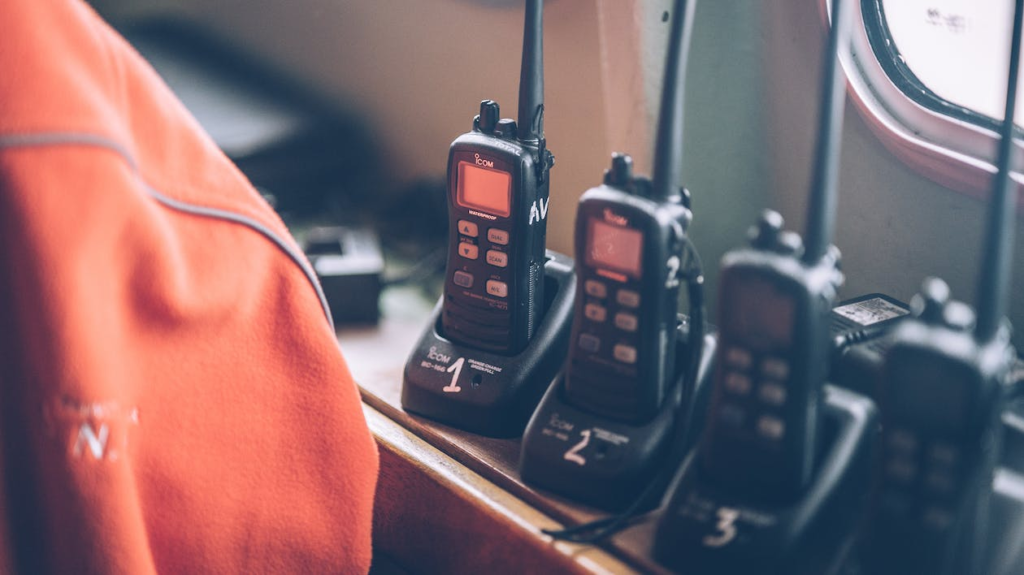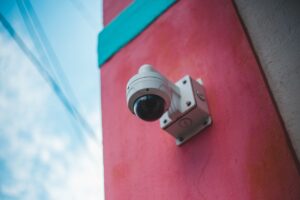Being prepared for off-grid living includes having a reliable way to send and receive information, which is a significant resource.
Thanks to technological advancements, we now have a few lot more economical alternative options for communicating with people. These options allow us to communicate “off the grid,” so to speak, since we do not need a cell phone signal to use them.
Having a means of off-grid communication is essential for everyone, whether they are survivalists, preppers, hikers, hunters, or homesteaders. Why is it crucial? We are frequently left without cell phone coverage when a crisis occurs, an emergency arises, or when you are outside, and it is usually at those moments that we need communication the most.
The following is a list of dependable gadgets that can be used for off-grid living or when exploring the wilderness.
VISUAL AND AUDITORY SIGNALS

This is the simplest form of communication off-grid. However, smoke, fire, and light signals require a direct line of sight between your signal and the intended recipient because of their visual character. This restricts the signal’s visibility to a few miles, depending on your environment.
If someone is looking for the signal from above, it will be much more noticeable at a greater distance. Due to this, it is the perfect tool to utilize in an extended survival crisis or heavily forested location.
The use noises and sounds as another straightforward communication technique. The most typical option would be to discharge a few bullets from a rifle or shotgun with a high caliber. If you ever do this, be careful to aim safely and in a secure environment.
Other possibilities include using an air horn or other similar instrument that continuously and loudly emits sound.
There are quite obvious distance and dependability restrictions when using an audio signal. Your sound may only travel a short distance before being muffled by hills or trees, depending on the terrain. Additionally, this method needs a nearby neighbor who is aware of the sound you have chosen to use in case of an emergency.
SATELLITE PHONE

Since the first satellite phones were introduced a few decades ago, they have significantly improved in size and functionality. They now come in a range of elegant styles that resemble any contemporary mobile.
Instead of a cell tower on the ground, satellite phones get their signal from satellites orbiting the earth. Because a satellite’s signal is coming from above, mountains and other topography shouldn’t interfere with it because it is considerably stronger.
GPS MESSENGER

The little brother of a satellite phone is a GPS messenger beacon. They are considerably less expensive yet offer less features.
The smartphone contains an SOS feature that sends search and rescue teams your GPS location along with an emergency signal. Additionally, it allows you to “check-in” by sending a pre-written greeting to loved ones along with your GPS coordinates. Your precise location will even be tracked, sent, and saved by the device on Google Maps.
The GPS messenger is a dependable, affordable option for usage in emergencies. It includes a battery standby mode that lasts for three months and can operate in temperatures as low as -22 degrees Fahrenheit. An emergency beacon would be a perfect backup to have handy at all times, even if you choose to employ a different off-grid communication technique.
HAM RADIO

HAM radios, a tried-and-true form of communication, utilize radio frequencies to transmit emergency calls or exchange messages. Due to their dependability, they have been in use for well over a century and continue to be useful today.
However, a radio license is required to operate a HAM radio on the country’s primary frequencies. You should still obtain a license even though you can utilize lower and weaker frequencies without one. You can broadcast on stronger frequencies with a license, greatly extending your range.
Even though the technology is straightforward, using a HAM radio might be a little challenging. It will take some practice before you feel confident utilizing it in an emergency. Additionally, not all HAM radios use batteries; therefore, be sure you get the appropriate one or have a technique to produce electricity off-grid.
WALKIE-TALKIES

Walkie-talkies have been somewhat overlooked since the development of the cellphone. These straightforward radio communication tools are inexpensive, have a large operating range, and are very durable. Additionally, because they transmit using standard frequencies, you can ask for assistance by contacting people or devices on other frequencies.
If you intend to communicate off the grid using walkie-talkies, be sure you have a neighbor or someone with an open frequency who can receive your messages. Since the battery only lasts for 14 hours, you might wish to leave it plugged in or keep spare batteries on hand.
Before relying on the device in an emergency, make sure to test the range in your area because terrain and environmental factors will affect the walkie-talkie range.
There is an off-grid communication technique suitable for you, no matter what your circumstance, location, and needs are.
Consider your most critical requirements, such as dependability, durability, range, pricing, and ease of use, when evaluating every product and choice. This will guarantee that you make the best decision and keep you in contact with your loved ones and the outside world.





